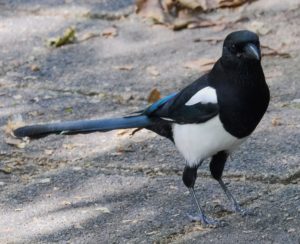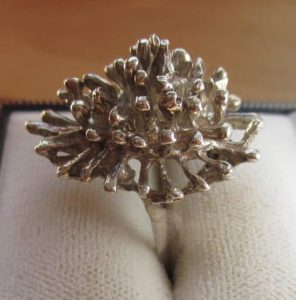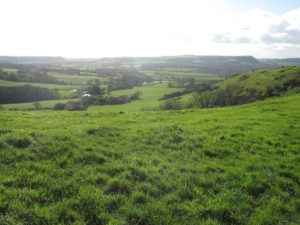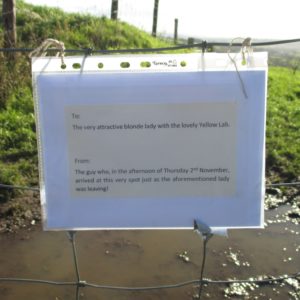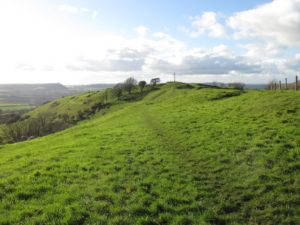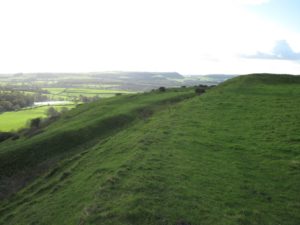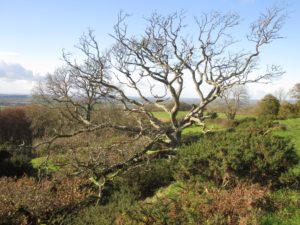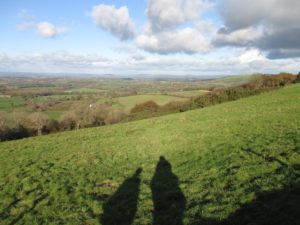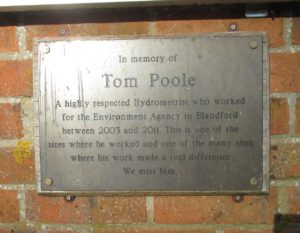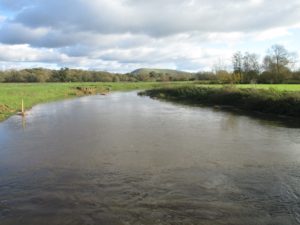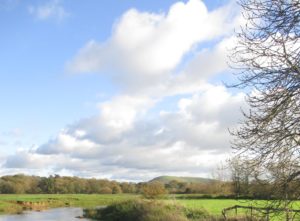I’m a huge fan of all things Nordic, and I’ve just found out that the BBC is repeating a wonderful slow tv programme: All Aboard! The Sleigh Ride.
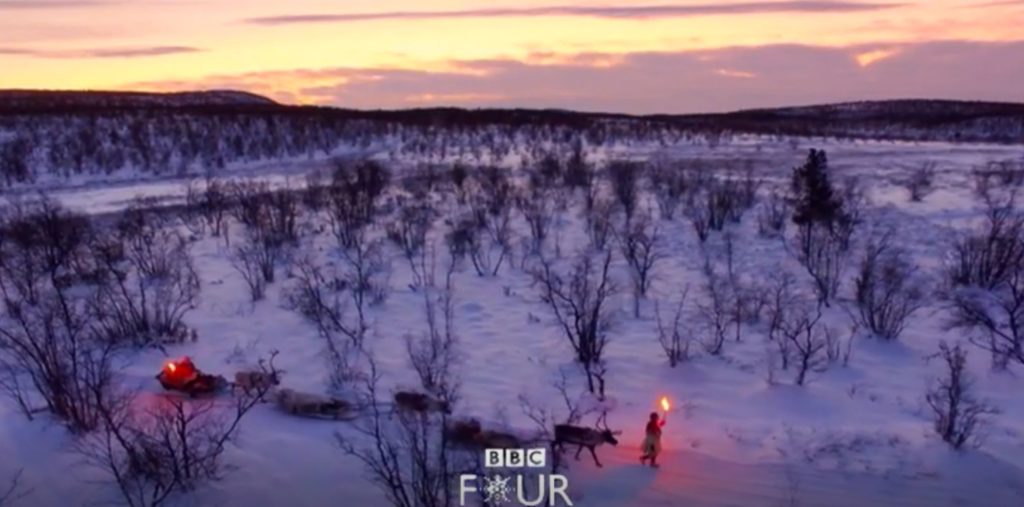
This is two hours of fabulously festive viewing, as we follow two female Sami reindeer herders and some of their reindeer on a sledge ride across the snowy Lapland landscape as dusk falls. There is no narration or music, just the crunch of the snow, the gentle grunts of the reindeer and the occasional conversation between the women and people they encounter: ski-shod travellers, dog sleds and their drivers, ice fishermen on a frozen lake, and Sami living in their lavvu (wigwam-like tents).
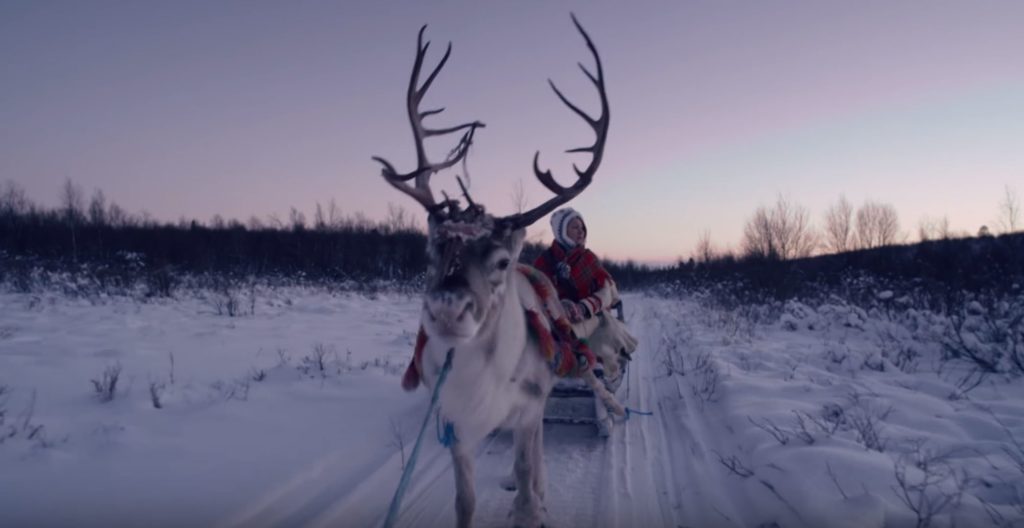
Every now and then some graphics give us information about the Sami and their history and beliefs and social structure, about the animals and plants in the snowy lands: this is done in such a clever way, seemingly embedded within the landscape and sometimes incorporating old photographs.
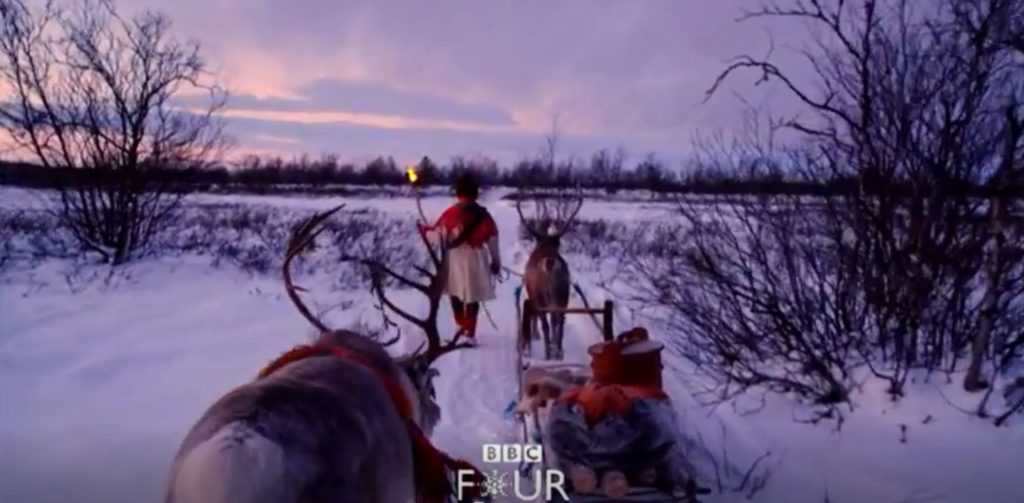
The programme was first broadcast on Christmas Eve two years ago, and was repeated on Christmas Eve last year. This year it is being shown again, on BBC4 on Saturday 16 December, starting at 7 pm.
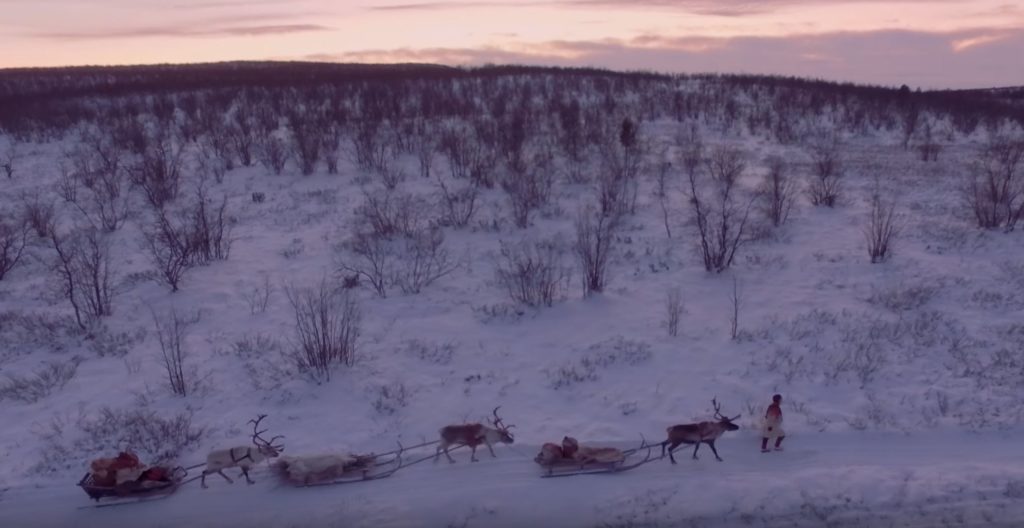
The reindeer ride follows an old postal route in Karasjok, in northern Norway, within the Arctic Circle. During their journey, the sledges cross frozen lakes and birch woodland. Sometimes the women ride, and sometimes they walk alongside the reindeer. As the hours of daylight are so short at this latitude in the winter, the journey both starts and finishes with the way lit being by flaming torches. It ends with the Northern Lights putting on a beautiful display above a lavvu. The two Sami reindeer herders are Charlotte Iselin Mathisen and Anne-Louise Gaup.
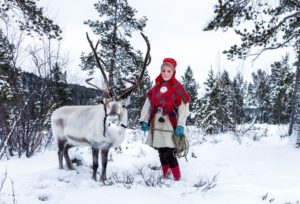
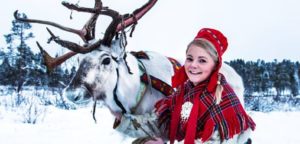
Ann-Louise Gaup and reindeer.
It may sound boring but it is absolutely magical, and I am so glad to have another chance to watch it again. If you can, do give it a look. I don’t think you’ll be disappointed. It’s calming, hypnotic, meditative, beautiful, informative, and utterly wonderful.
Slow tv is a type of television programming that started in Norway in 2009. It eschews music or narration, and follows real-time action, rather than that edited for speed and brevity.
If you want to learn more about how the programme was made, this Radio Times article has lots of interesting information. Four separate rides were filmed, one a day for four days, and the best ride was used. There were only four hours of daylight per day, and the temperatures dropped to minus 20 degrees C.
